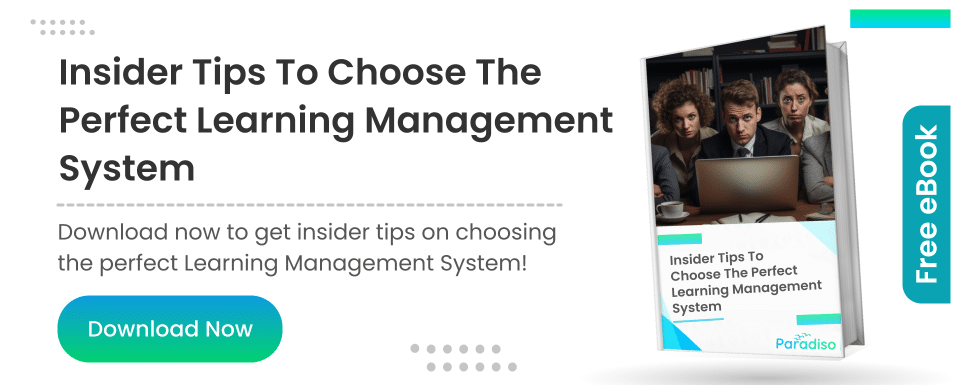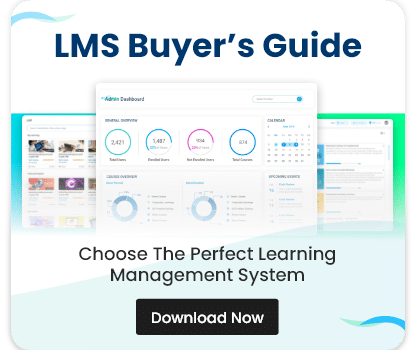How Does an Enterprise LMS Work?
The process of using an Enterprise LMS involves several key steps that ensure smooth delivery and management of employee training:
Content Creation and Upload
The first step in the process is creating or uploading training content. This content can come in various forms, including e-learning modules, videos, PDFs, presentations, quizzes, and more. The Enterprise LMS provides tools for creating and organizing this content into structured courses or programs. Organizations can also upload SCORM, xAPI, or AICC-compliant content, making it easy to integrate existing training materials into the system.
User Enrollment and Access
Once the content is ready, employees are enrolled in relevant courses or learning programs based on their roles, skills, and training needs. The Enterprise LMS makes this process simple by allowing bulk enrollment, automatic assignment based on job titles, or self-enrollment through user profiles. Access is typically controlled based on employee roles, ensuring that each user has access to the appropriate materials.
Learning Delivery and Tracking
After enrollment, employees begin accessing their learning materials. The Enterprise LMS provides a user-friendly interface for learners to navigate through courses, watch videos, complete assignments, and participate in quizzes. The system tracks each learner’s progress and completion, providing real-time data to managers and administrators. Automated reminders and notifications can also be sent to encourage timely completion of courses.
Assessment and Evaluation
An essential part of the learning process is assessing employee knowledge and skills. Enterprise LMS platforms often include features for testing and evaluation, such as quizzes, exams, and assignments. Administrators can set pass/fail criteria, and employees can receive instant feedback on their performance. This helps reinforce learning and identify areas where additional training may be needed.
Reporting and Analytics
Once the training is complete, the Enterprise LMS generates reports and analytics that provide insights into the effectiveness of the training program. Administrators can track key metrics such as course completion rates, test scores, learner engagement, and more. This data can be used to evaluate the success of the training initiatives and identify opportunities for improvement.
Ongoing Learning and Development
An Enterprise LMS supports continuous learning by providing access to a library of on-demand content, webinars, and other resources. Employees can revisit training materials at any time, ensuring that learning is an ongoing process. This encourages a culture of lifelong learning, where employees continually develop their skills to meet changing business needs.


















